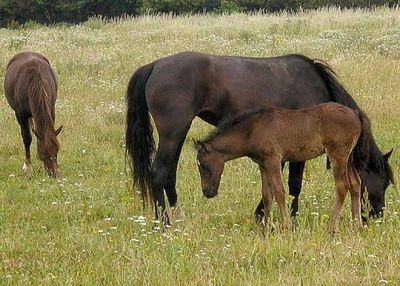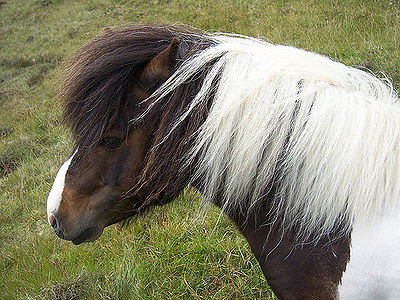Horse shows are competitions for horses and ponies. They may be purely aesthetic or they may include Olympic events such as jumping and dressage.
A novice to the horse showing world should not jump in too quickly. It is best to compete in an event which is one level below what you are comfortable doing at home. It is important to be confident that you and your horse can perform the task.
Horse shows have many differing rules. Each organization that runs horse shows has its own set of rules which covers details such as attire, appearance of the horse, tack and equipment, level of competition (eligibility), soundness and health of the horse, pharmaceuticals, vet records, and vaccinations. In order to make sure you comply with all the rules, get a copy of the rulebook for your specific show and consult with a horse trainer.
Each discipline requires a specific style for both horse and rider. For English events such as Hunter Under Saddle, Hunt seat equitation, jumping, or Dressage, the horse’s mane is braided with yarn. Hunter competitors braid the tail but Eventing competitors do not. For Saddle seat or Park, the mane is either left natural or ribbon is braided in the foretop and first lock of mane. In Western events, the mane is banded. Western riders wear an outfit that makes the horse stand out and color coordinates with the horse’s saddle.
Horse showing is an expensive hobby. You will have to pay for trailering, schooling, stabling, class entry fees and membership fees. You will have to pay your trainer and pay for accommodations for both of you. Unexpected costs can pop up too, like extra bedding or last-minute braiding.
At the end of a competition, your horse should be properly cleaned, un-braided, fed, watered, and put away for the night. Whether or not he won, he should get a carrot as a treat for all the hard work he put in.
Related articles:


